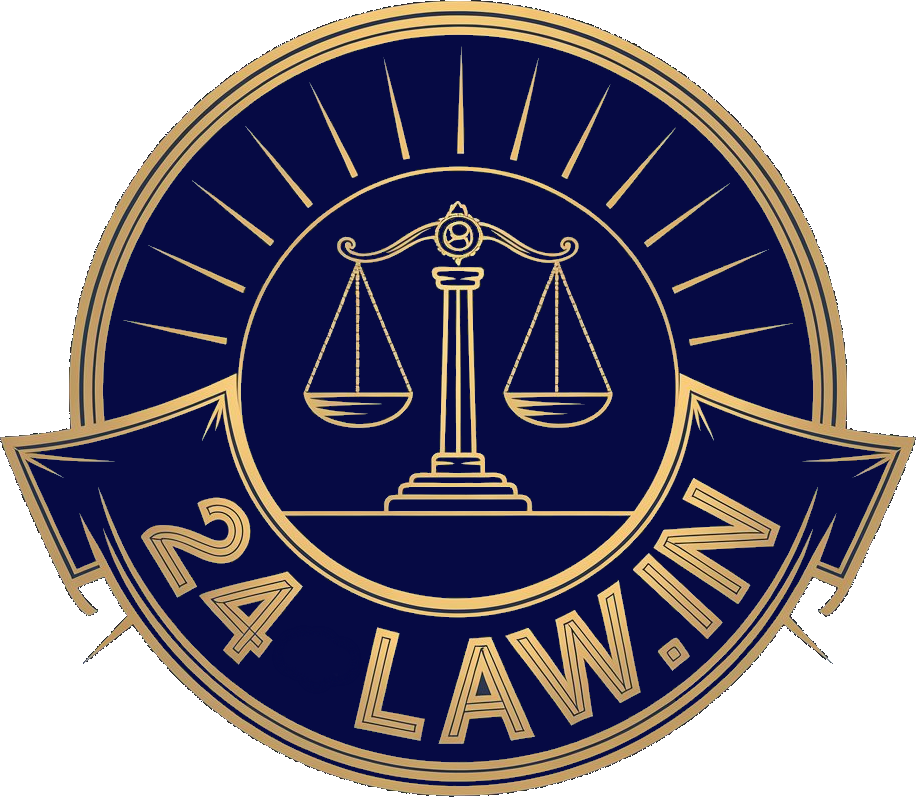Bombay High Court Allows Full Capital Gains Exemption For Seven Row Houses Under Unamended Section 54 | Says 'A Residential House' Includes Plural Units Prior To 2015 Amendment
- Post By 24law
- August 4, 2025

Sanchayita Lahkar
The High Court of Bombay Division Bench of Chief Justice Alok Aradhe and Justice Sandeep V. Marne has allowed an appeal filed under Section 260A of the Income Tax Act, 1961, setting aside the order of the Income Tax Appellate Tribunal (ITAT) that restricted exemption under Section 54 to a single residential unit. The Court held that prior to the 2014 amendment, the expression "a residential house" in Section 54 did not limit the number of properties eligible for exemption, provided the properties were residential in nature and purchased from the capital gains of the original asset. The Bench stated that the assessee is entitled to exemption on capital gains amounting to Rs.1,08,30,625/- arising from the sale of a Mumbai flat, which were fully invested in acquiring seven row houses in Pune.
The case pertains to an appeal filed under Section 260A of the Income Tax Act, 1961, challenging the judgment dated 7th March 2003 by the Income Tax Appellate Tribunal, Pune Bench. The appellant had sought exemption under Section 54 of the Act for capital gains arising out of the sale of a residential flat located at Marine Drive, Mumbai. The assessee had invested the entire sale proceeds in the acquisition of seven row houses in a project at Yashodanandan, Viman Nagar, Pune.
The property sold, a flat located at Prabhat Building, 28 B Road, Marine Drive, Mumbai, originally belonged to the appellant's mother, late Smt. Vishnabai Nangpal. She executed a will on 23rd December 1988, bequeathing the said flat to her son, the appellant, who was a minor at that time. Mr. Madan Samant was appointed guardian under the will. Upon the death of the appellant's mother on 30th August 1990, Mr. Samant executed an agreement for sale of the Mumbai flat on 8th September 1993 for Rs.1,45,00,000/-, receiving Rs.45,00,000/- on the same day. The balance of Rs.1 crore was received on 17th April 1994, and possession was handed over.
The appellant entered into a joint venture agreement with Samant Estate Private Limited on 20th June 1995 for constructing residential houses in the Yashodanandan project at Viman Nagar, Pune. Subsequently, on 22nd July 1995, five agreements were executed for the allotment of five row houses. These were later replaced with a fresh agreement on 28th July 1995 for the allotment of seven row houses.
The appellant did not file returns for the assessment years 1994-95 or 1995-96. A search under Section 132(1) of the Act was conducted on 19th June 1996, and the appellant was issued notice under Section 158BC on 13th September 1996. The appellant filed a return declaring an undisclosed income of Rs.13,41,350/-, and later revised it on 21st July 1997 to Rs.51,20,990/- for the block period 1987-88 to 1996-97, showing nil income for 1994-95 and 1995-96, claiming complete exemption under Section 54.
The Deputy Commissioner of Income Tax disallowed the exemption on the ground that the investment was in multiple houses. The ITAT, while partly allowing the appeal, held that only one row house (B-16), worth Rs.21,78,000/-, would qualify for exemption. The remaining investments were disallowed.
The assessee contended that the unamended Section 54 permitted exemption for more than one residential house and that the amendment in 2014, replacing the phrase "a residential house" with "one residential house," was prospective. The appellant's counsel stated that the phrase "a residential house" was not meant to restrict the exemption to a single unit but merely described the nature of the property. They cited multiple High Court decisions in support.
The Revenue argued that ITAT had rightly interpreted Section 54, relying on precedent from this Court and the ITAT Special Bench in ITO v. Sushila M. Jhaveri. It was submitted that the term "a residential house" must be interpreted as singular, and that the amendment was only clarificatory.
The Court observed, "The short issue that arises for consideration in the present Appeal is whether the Assessee is entitled to claim exemption under provisions of Section 54(1) of the Act against the entire capital gains of Rs.1,08,30,625/- arising out of sale of his flat in Mumbai, on account of utilization thereof towards purchase of seven row houses in Pune."
The Bench noted that the case pertains to Assessment Year 1995-96, thus the pre-amendment Section 54(1) is applicable. The relevant text of the section was quoted and compared with the post-amendment version that came into effect from 1st April 2015.
"If the restriction of adjustment of capital gains against only one house was already there in the unamended Section 54(1), there was no necessity of amendment by specifically using the word 'one'," the Court recorded.
Referring to decisions from the Karnataka and Madras High Courts, the Division Bench stated, *"It is axiomatic that the aforesaid amendment was specifically applied only prospectively with effect from Assessment year 2015-16."
Quoting the Karnataka High Court in Arun K. Thiagarajan, the Court stated, "The context in which the expression 'a residential house' is used in Section 54 makes it evident that it is not the intention of the legislature to convey the meaning that it refers to a single residential house."
The Court further observed, "The expression 'a residential house' therefore includes building or lands appurtenant thereto. It cannot be construed as one residential house."
The Bench also relied on the Delhi High Court decision in CIT v. Gita Duggal and the Madras High Court decision in Tilokchand & Sons, which supported the view that the singular term includes the plural.
The Court rejected reliance on the ITAT Special Bench decision in ITO v. Sushila M. Jhaveri, stating, "The Special Bench judgment of ITAT does not bind this Court, and therefore, it is not necessary to discuss the ratio of the said judgment."
On the statutory interpretation, the Bench held, "The provisions of Section 54(1) of the Act are beneficial in nature. The benevolent provision is aimed at encouraging the house purchase activities. It therefore needs to be read literally and reasonably."
The Court concluded, "In view of the foregoing analysis, the Appeal is allowed. The substantial question of law formulated by this Court is answered in favour of the Assessee and against the Revenue."
It directed, "The order passed by the Assessing Officer and the ITAT, to the extent of deprivation of benefit of exemption under Section 54(1) of the Act is hereby quashed and set aside and the Assessee is held entitled to the benefit of exemption under provisions of Section 54(1) of the Act against the entire capital gains of Rs.1,08,30,625/- arising out of sale of his flat in Mumbai, on account of utilization thereof towards purchase of seven row houses in Pune."
Advocates Representing the Parties:
For the Petitioners: Mr. Nishant Thakkar with Ms. Jasmin Amalsadwala and Mr. Bhavesh Bhatia, Advocates, i/b Lumiere Law Partners
For the Respondents: Mr. Akhileshwar Sharma, Advocate
Case Title: Krishnagopal B. Nangpal v. Deputy Commissioner of Income Tax
Neutral Citation: 2025: BHC-OS:11546-DB
Case Number: ITXA 569 of 2003
Bench: Chief Justice Alok Aradhe and Justice Sandeep V. Marne




